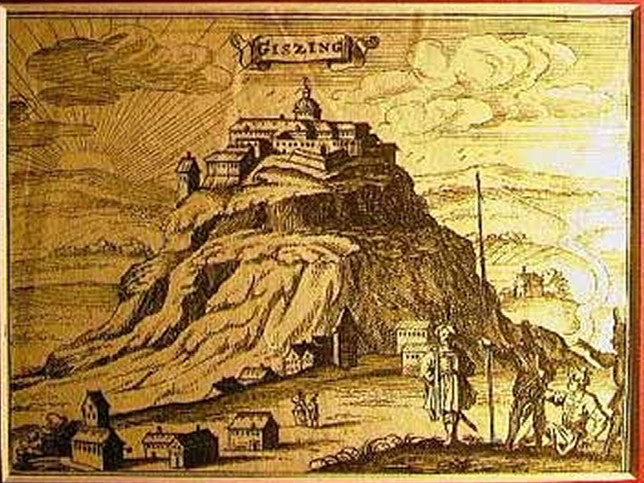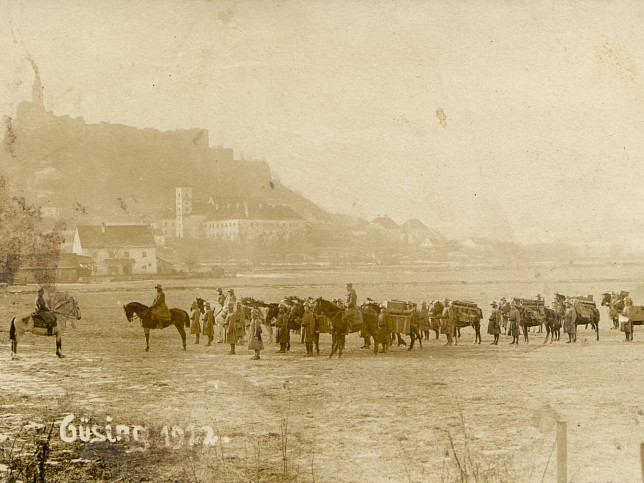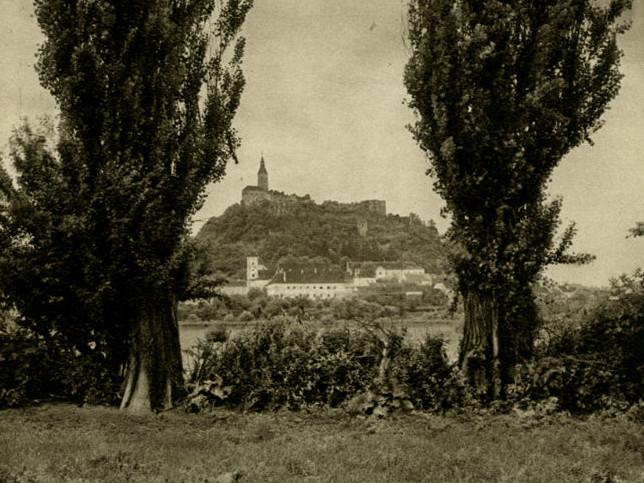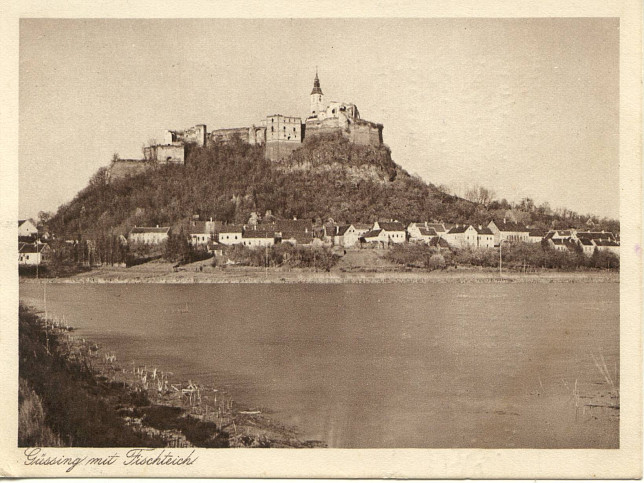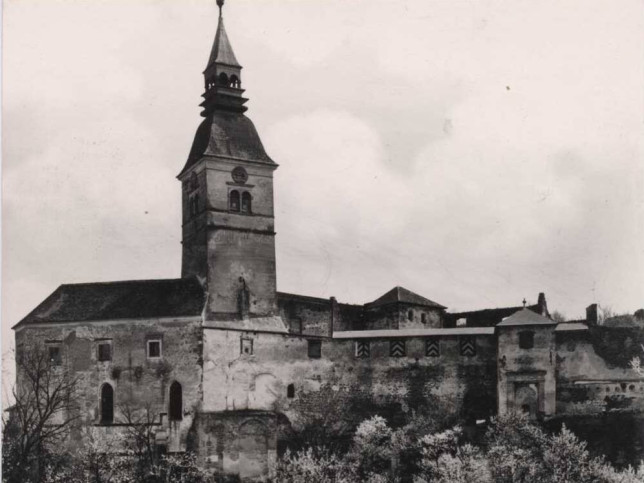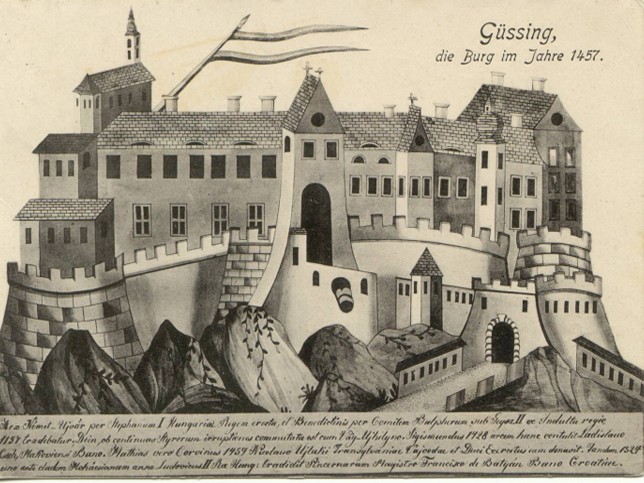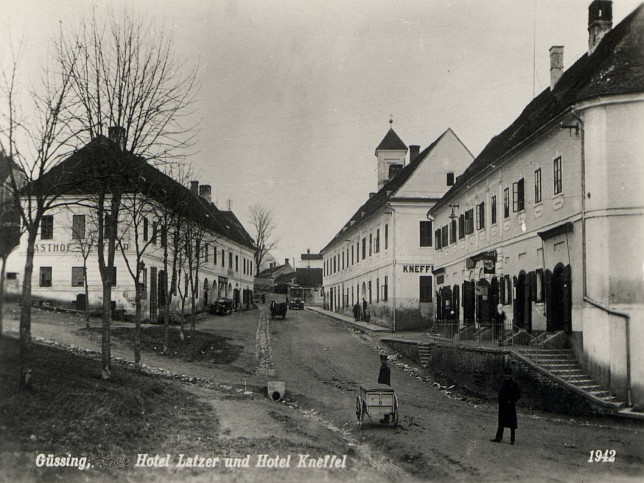Energy self-sufficient
A small town in southern Burgenland makes itself (energy) independent of the outside world. Its magic formula is the energetic independence of electricity, heat and fuels from all energy suppliers. This concept was first presented to the public 10 years ago. Today the city is (energy) independent and has also gained many new jobs. The entire added value remains in the region. It supplies its inhabitants with biomass, biodiesel and solar energy and thus becomes an energy exporter (= energy surplus). Every week about 300 eco-tourists from all over the world visit our beautiful city.
Companies
The biomass-fired power plant Güssing (Wienerstraße 51) went into operation in 2001. The demonstration and research plant generates electricity and heat from the product gas. The capacity comprises approx. 4.5 MW thermal and 2 MW electrical. The process is a double fluidized bed steam process. Wood chips are used for evaporation. Further possibilities of product gas utilisation are the production of methane and fuel. The biomass power plant was built by Biomasskraftwerk Güssing Ges.m.b.H. & CO KG.
Europäisches Zentrum für erneuerbare Energie Güssing GmbH (Europastraße 1): EEE Güssing GmbH,
Development of a region through renewable resources, technology, culture and cooperation General Güssing has developed into a centre of renewable energy in the last ten years. Various plants have been built, which produce energy from renewable raw materials (wood, rape, ...) and sun.
Internet: www.eee-info.net
The District heating plant Güssing started operation in 1996 and supplied 12 large and 30 small consumers with a total heat quantity of approx. 6.25 million kWh. By 2002, the number of customers had increased to 37 large and 208 small customers, who are supplied via the Güssing district heating network, which has meanwhile been expanded to 27 km. During these 7 years, the district heating output rose continuously to 32.25 million kWh.
ökoEnergieland: The EEE and currently 10 municipalities have joined forces with the state guild for timber construction under the symbol of the Green Drop. Together they form the ökoEnergieland. Individually designed wooden objects at central points of the communities represent the most different forms of energy and run like a "green" thread through the ökoEnergieland. 300 "eco-tourists" come from all over the world to get to know the "Model Güssing" and to visit the demonstration plants within the scope of a guided tour.
The numerous museums and sights (Castle Güssing, wine museum Moschendorf, cellar quarter Heiligenbrunn, Geschichtenhaus Bildein, museum of agricultural technology St. Michael, Franziskanerkloster Güssing and Emigration Museum Güssing) point out the centuries of history of this region.
Technikum Güssing: In the new Güssing pilot plant, researchers are working on new fuels, cooling by solar energy and with wood gas. At present, 25 researchers are working under the best conditions, in the future it is planned to have 35 employees. The pilot plant also accommodates the Bioenergy 2020 Competence Center, which is concerned with the development of new and environmentally friendly fuels, and the company Energy Technologies (Internet: www.get.ac.at), which is developing an air conditioning system that is to be operated with solar energy and without electricity.
Abwassertechnik DI Markus Nehammer: "The all inclusive Company" - the Institute for Wastewater Management of DI Markus Nehammer - stands for specialisation in industrial and municipal wastewater technology. Logistics concepts, studies, consulting, optimisation and personnel training, as well as the planning of various types of biogas plants, recycling possibilities, landfills and sewage treatment plants are - as well as the trade with cosubtrates - part of the versatile range of services offered by the multifunctional company in the Technology Centre Güssing, Europastrasse 1 (Internet: www.nehammer.at).
Energy nature trail
In Güssing, the energy nature trail was completed in November 2010. The path on the subject of renewable energy in Güssing leads from the cultural centre along the cycle path towards Strembach. On a total of 12 boards, the topic of renewable energy is presented in a particularly vivid way. Energy saving measures and the energy production plants in the district of Güssing are also shown. The nature trail was designed and installed in cooperation between the European Centre for Renewable Energy (EEE) and the Güssing schools (VS, HS, BORG and Landwirtschaftliche Fachschule) and is the result of the project "generation innovation" (bmvit and bmukk). In the course of this project, an information screen was also set up on the main square. This is located in the cinema window. This information screen also gives information about the project "generation innovation", and refers to the new educational trail and informs about the unique development of renewable energy in the district of Güssing. The new energy nature trail has been officially opened in spring 2011.
to the pictures
Coat of arms
 "In golden shield, a blue, golden-jointed wall rises from a blue, golden-jointed wall, a blue, golden-jointed tower with a golden ogival gate opening, crowned with four round battlements, each of which is accompanied by two black stars".
The right to use the coat of arms was granted to the large municipality and future municipality of Güssing by decision of the Burgenland provincial government on April 11, 1973.
"In golden shield, a blue, golden-jointed wall rises from a blue, golden-jointed wall, a blue, golden-jointed tower with a golden ogival gate opening, crowned with four round battlements, each of which is accompanied by two black stars".
The right to use the coat of arms was granted to the large municipality and future municipality of Güssing by decision of the Burgenland provincial government on April 11, 1973.
Some historical views around Güssing.
You can also visit us at Best of Burgenland
Numerous sights like the castle ruins, the Jakobikirche, the Franciscan monastery etc. testify today to the cultural and historical importance of the town of Güssing. But also today Güssing is a culturally vivid place: the Güssinger Kultur Sommer, the cultural centre, the Burgspiele, the musical Güssing are only a few examples for its manifold cultural offers.
Disclaimer
Contact
Günter Nikles
Josef Reichl-Str. 17a/7
7540 Güssing, Austria
Email:
office@nikles.net
Website:
www.nikles.net
(c) 2025 www.nikles.net





